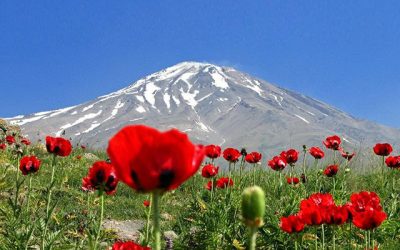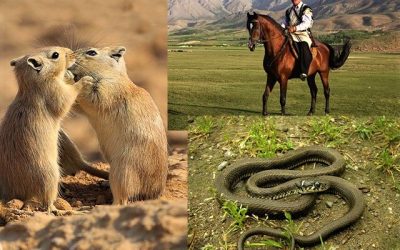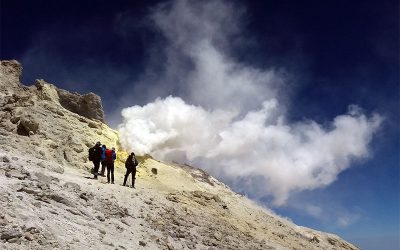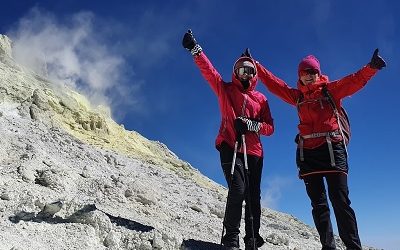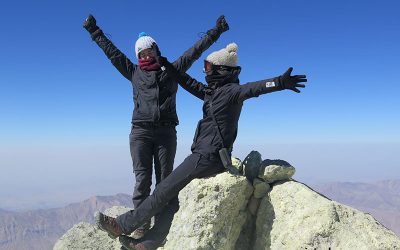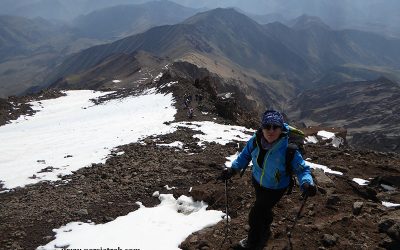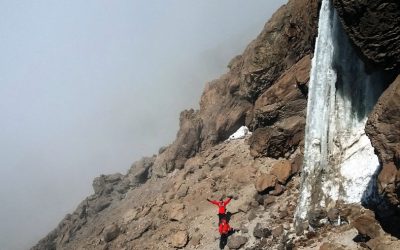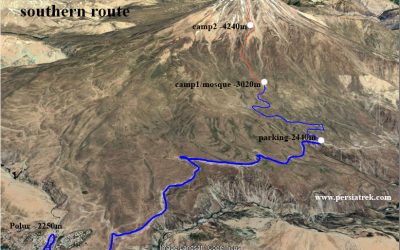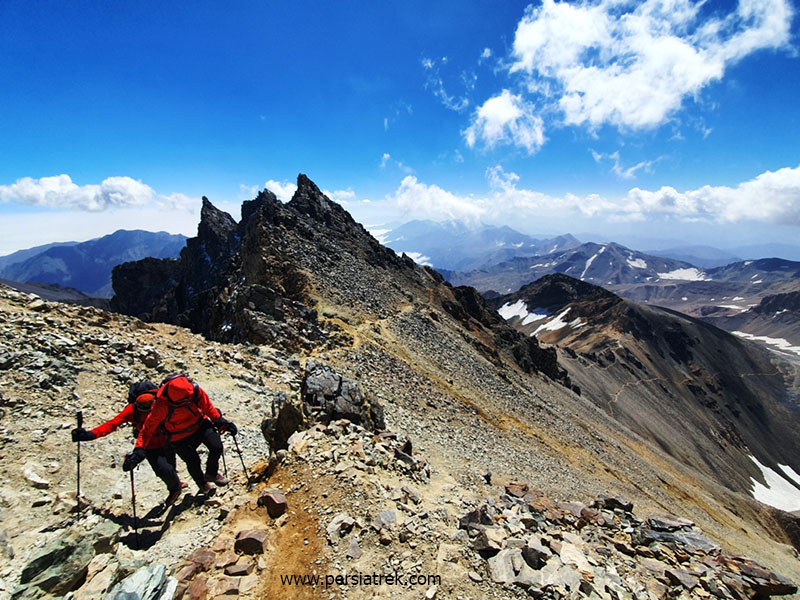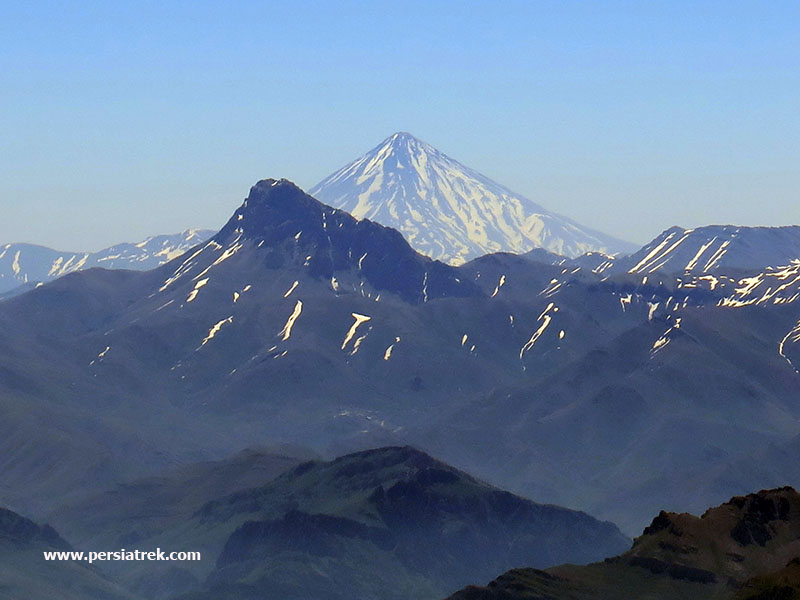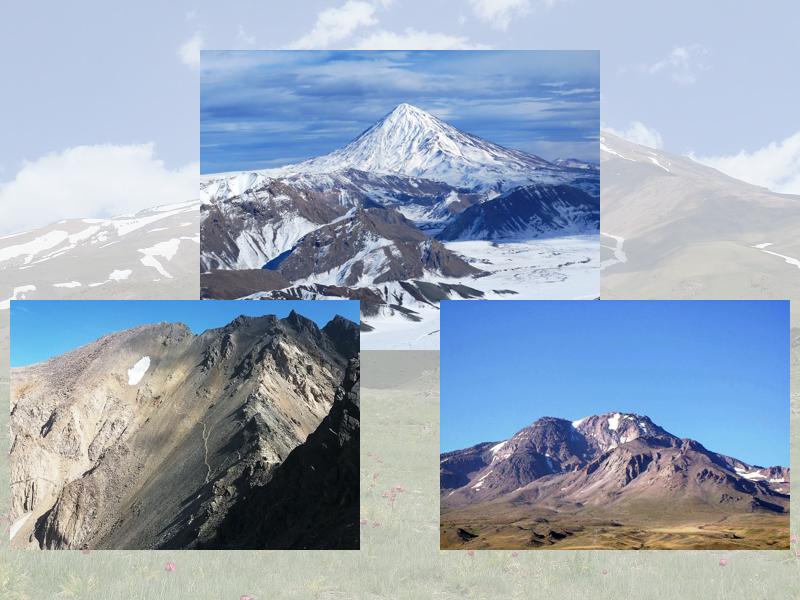Mount Alam Kuh: The Second Highest Peak in Iran
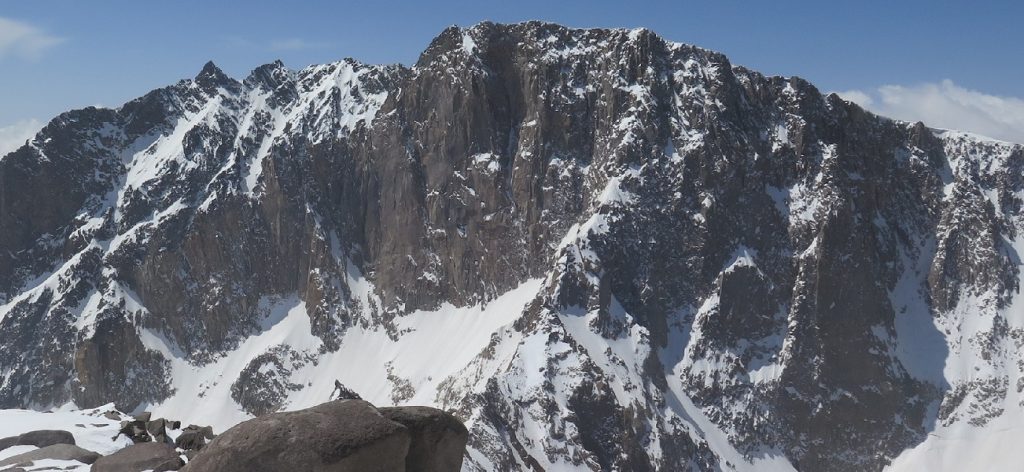
Introduction to Mount Alam Kuh
Mount Alam Kuh is a breathtaking peak in northern Iran, standing as the second highest mountain in the country after Mount Damavand. This magnificent mountain is famous for its majestic north wall, vast glaciers, and stunning landscapes, making it a top destination for mountaineers and adventure seekers. The unique geographical and geological features of Mount Alam Kuh attract professional climbers, nature enthusiasts, and researchers from all over the world.
In this comprehensive guide, we will explore Mount Alam Kuh in detail, covering its elevation, geographical location, ascent routes, climbing tips, weather conditions, maps, and other essential information to help adventurers plan their journey effectively.
Where is Mount Alam Kuh?
Mount Alam Kuh is located in the western Alborz mountain range, within the Takht-e Soleiman region. This spectacular peak is situated in Mazandaran Province, near the city of Kelardasht.

Alam kuh location on north west of Tehran
How to Reach Mount Alam Kuh
The best way to access Mount Alam Kuh is through Rudbarak, a scenic village in Kelardasht that serves as a base camp for climbers. Rudbarak is well-connected by road to Tehran and other major cities, making it a convenient starting point for expeditions.
To reach Rudbarak from Tehran:
- Drive from Tehran to Chalus (about 200 km, approximately 4 hours)
- Continue to Kelardasht, a beautiful mountain town known for its lush forests and cool climate
- Proceed to Rudbarak, the main hub for climbers heading to Mount Alam Kouh
From Rudbarak, mountaineers typically proceed to Vandarbon, where they prepare for their ascent and begin their trek.
Elevation and Geographical Features of Mount Alam Kuh
The summit of Mount Alam Kuh stands at an elevation of 4,848 meters (15,906 feet), making it the second-highest peak in Iran. Its imposing granite walls, rugged ridges, and vast glaciers make it one of the most challenging climbs in the Middle East.
The Takht-e Soleiman region, where Mount Alam Kouh is located, features 35 to 40 peaks above 4,000 meters, creating a dramatic and awe-inspiring landscape for climbers and trekkers.
Climate and Best Time to Visit
Weather Conditions at Mount Alam Kuh
Due to its high altitude and alpine environment, the climate on Mount Alam Kouh varies significantly throughout the year:
- Summer (June to September): Best time for climbing, with stable weather and minimal snowfall
- Winter (December to March): Extreme cold and heavy snowfall, suitable only for expert climbers
- Spring and Autumn: Unpredictable weather, with possible snow and rain
Best Season for Climbing
The optimal climbing season is from late June to early September, when temperatures are moderate, and routes are more accessible.

Glaciers of Mount Alam Kuh
Mount Alam Kuh is home to some of Iran’s largest and most significant glaciers, contributing to its reputation as a mountaineering paradise. The western side of the Alborz mountain range hosts numerous glaciers, extending from Taleghan Valley to Abbas Abad and Shahsavar jungles. These glaciers play a vital role in Iran’s water supply and serve as a critical research area for climate scientists.
Major Glaciers of Mount Alam Kuh:
- Sarchal Glacier
- Alamchal Glacier
- Takht-e Soleiman Glacier
- Marji-Kash Glacier
- Haft Khan Glacier
- Chaloon Glacier
- Khersan Glacier
- Shaneh Kuh Glacier
- Split Glacier
These glaciers provide a challenging and scenic landscape for experienced ice climbers and mountaineers, making Mount Alam Kuh a must-visit destination for extreme adventurers.
Mount Alam Kuh Climbing Routes
Since Mount Alam Kuh is connected to various surrounding mountains, multiple routes lead to the summit. These routes range from moderate trekking paths to highly technical climbing routes that require specialized equipment and skills.
1. The Southern Face Route (Hesarchal) – The Easiest Route
This is the most accessible and commonly used trail for ascending Mount Alam Kuh.

Mount Alam kuh south face , this photo is taken from mount Lashgarak
Route Details:
- Starting point: Rudbarak → Vandarbon → Tang-e Galoo (3,300m)
- Resting point: Hesarchal plain (3,750m)
- Total ascent time: Approximately 6 hours (1.5 hours to Hesarchal, 4.5 hours to the summit)
- Recommended for: Beginner and intermediate trekkers
This route offers scenic views of Hesarchal Valley and is less technical than the northern routes, making it ideal for first-time climbers.
2. The Northern Face Route (Siah Sang) – A Challenging Trekking Route
The Siah Sang route is one of Iran’s most demanding trekking paths, requiring endurance and mountaineering experience.
Route Details:
- Starting point: Rudbarak → Vandarbon
- Trail: Vandarbon → Sarchal Hut (3,700m) → Alamchal → Siah Sang Pass
- Total ascent time: Approximately 12 hours (Day 1: 6 hours to Sarchal Hut, Day 2: 6 hours to the summit)
- Recommended for: Experienced hikers
This route often includes an overnight stay at Sarchal Hut, making it a more extended and physically demanding climb.
3. The German Flank Route – A Technical Climb
This northern route is shorter than Siah Sang but requires technical climbing skills and proper gear.

Route Details:
- Starting point: Rudbarak → Vandarbon
- Trail: Vandarbon → Sarchal Hut → Alamchal → German Flank
- Required Equipment: Technical climbing gear
- Recommended for: Skilled climbers with experience in technical ascents
4. The Northern Big Wall Routes – For Rock Climbing Enthusiasts
The Northern Big Wall of Mount Alam Kuh is Iran’s most famous rock-climbing destination, featuring some of the most challenging vertical climbs.

Siah sangha route
Popular Climbing Routes:
- The Italian Route
- The Polish Route
- The French Route
- Harry Rost Route
- Arash Route
- Hamedani Route
These routes require advanced rock climbing skills and extensive preparation.
Conclusion
With its majestic glaciers, diverse climbing routes, and breathtaking landscapes, Mount Alam Kuh is an unparalleled adventure destination. Whether you’re a beginner looking for a rewarding trek or an expert seeking a technical challenge, Mount Alam Kuh offers an unforgettable experience in Iran’s stunning alpine wilderness.


